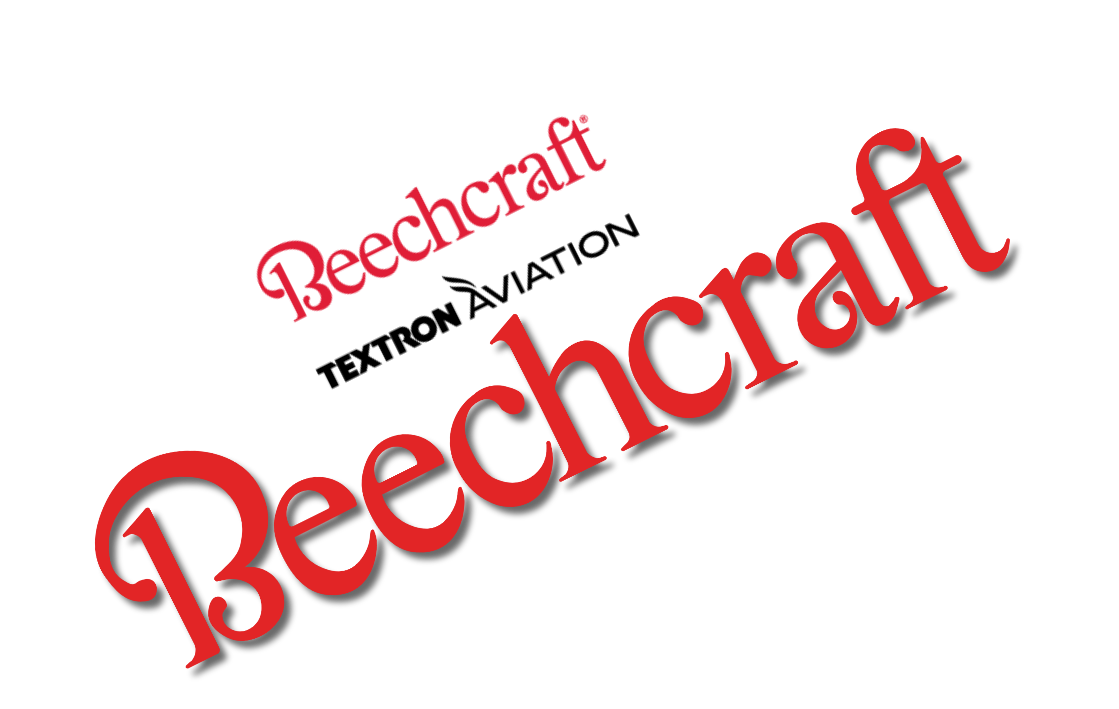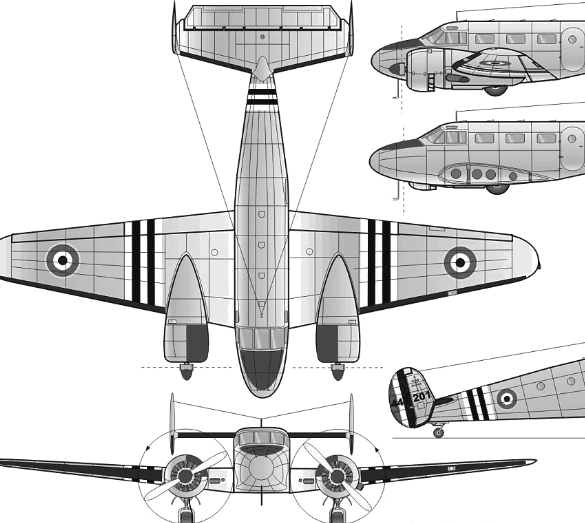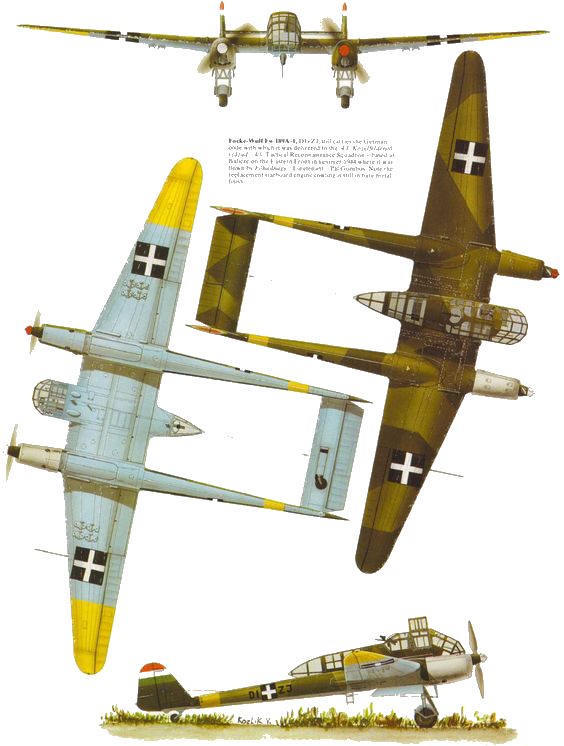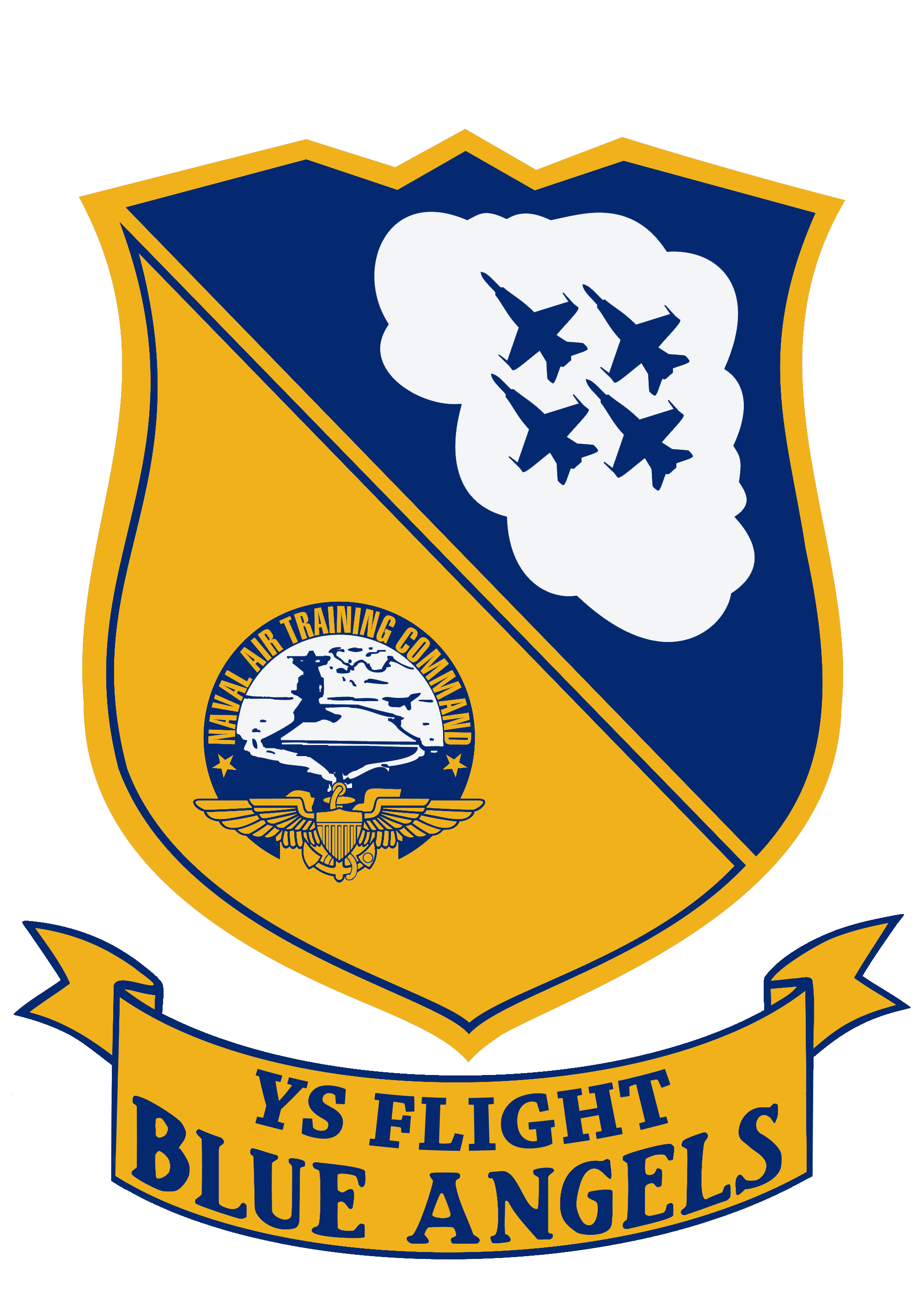Beech Aircraft
Model 18 Twin Beech
|
|||||||||||||||||||
|
|
|
|---|
.
History Beech Aircraft Corporation
Beechcraft Model 18 Twin Beech

The Beechcraft Model 18 (or "Twin Beech", as it is also known) is a 6- to 11-seat, twin-engined, low-wing, tailwheel light aircraft manufactured by the Beech Aircraft Corporation of Wichita, Kansas. Continuously produced from 1937 to November 1969 (over 32 years, a world record at the time), over 9,000 were built, making it one of the world's most widely used light aircraft. Sold worldwide as a civilian executive, utility, cargo aircraft, and passenger airliner on tailwheels, nosewheels, skis, or floats, it was also used as a military aircraft
Design and development


By the late 1930s, Beechcraft management speculated that a demand would exist for a new design dubbed the Model 18, which would have a military application, and increased the main production facilities. The design was mainly conventional for the time, including twin radial engines, all-metal semimonocoque construction with fabric-covered control surfaces, and tailwheel undercarriage. Less conventional was the twin-tailfin configuration. The Model 18 can be mistaken for the larger Lockheed Electra series of airliners, which closely resemble it. Early production aircraft were powered either by two 330-hp (250-kW) Jacobs L-6s or 350-hp (260-kW) Wright R-760Es. The 450-hp (336-kW) Pratt & Whitney R-985 became the definitive engine from the prewar C18S onwards. The Beech 18 prototype first flew on January 15, 1937.
Photo Gallery
Beech Aircraft Corporation
Beechcraft Model 18 Twin Beech


Beech Aircraft Corporation
Beechcraft Model 18 Twin Beech
General Info
-
-
-
- Crew: 2 pilots
- Capacity: 6 passengers
- Length: 34 ft 3 in (10.44 m)
- Wingspan: 47 ft 8 in (14.53 m)
- Height: 9 ft 9 in (2.97 m)
-
-
Powerplant
-
- Empty weight: 5,420 lb (2,458 kg)
- Gross weight: 7,500 lb (3,402 kg)
- Powerplant: 2 × Pratt & Whitney R-985-AN-1 "Wasp Junior" radial engines, 450 hp (340 kW) each
Performance
- Maximum speed: 362 km/h
- Range: 1,200 mi (1,900 km, 1,000 nmi) at 160 mph (260 km/h; 140 kn) and 5,000 ft (1,500 m)
- Service ceiling: 26,000 ft (7,900 m)
Armament
-
- None
-
Links to Youtube & Others
By the late 1930s, Beechcraft management speculated that a demand would exist for a new design dubbed the Model 18, which would have a military application, and increased the main production facilities
Beechcraft Aircraft
Model 18 Twin Beech
Beechcraft Model 18 (or "Twin Beech", as it is also known) is a 6- to 11-seat, twin-engined, low-wing, tailwheel light aircraf.
Youtube Link
Production got an early boost when Nationalist China paid the company US$750,000 for six M18R light bombers, but by the time of the U.S. entry into World War II











.png)
.png)


